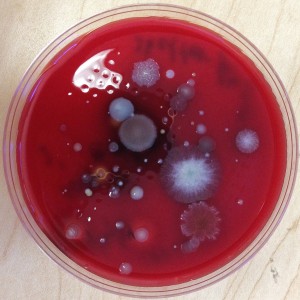Not a pre-print this time but a (presumably) peer-reviewed article about the susceptibility of domesticated animals to SARS-CoV-2. The authors looked at dogs, cats, ferrets, pigs, ducks, and chickens. Basically the virus can infect ferrets and cats pretty well and that with cats, they can potentially get the virus from other cats. Not clear yet …
OK I could not help it with the alliteration, since I just had to top the headline in the NY Times. Source: Dogs Do Their Duty for Science – The New York Times The article is about the work of Jane Carlton (full disclosure – I used to work with her at TIGR) and their …
Last year I posted here about how amazing termite mounds are and how they often tilt towards the equator. Termites make them from saliva, poop and soil, and use them to regulate temperature and humidity and farm fungus. In addition to what must be some fascinating microbiology, we could learn a lot about how to design …
Some of you may know that we ran a Kitty Kickstarter back in May to start a participatory research project inspired by the American Gut Project only for cats. When you sign up, kittybiome will sequence the gut microbiome of your cat and provide you with the results, so you can see how your cat compares with …
Here is a guest post by UC Berkeley junior Alex Martin who is working with us on a study of the Berkeley Animal Shelter It’s no secret that animals — including humans — serve as a nutrient-rich reservoir for microorganisms. And while the grooming habits of felines may have earned them a reputation as refreshingly …




